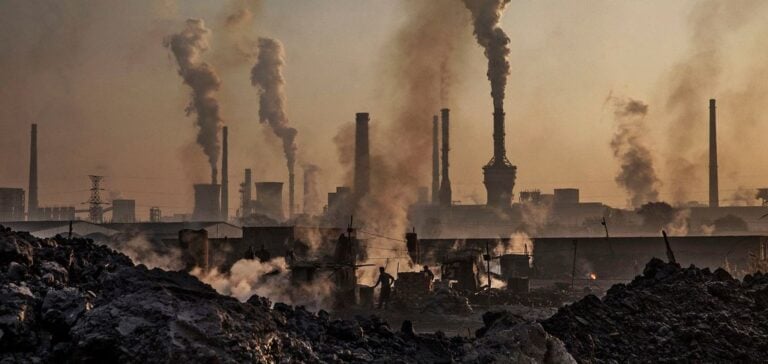China continues to assert its strategic importance in the Asian thermal coal market. According to the latest Resources and Energy Quarterly report published by Australia’s Department of Industry, Science, and Resources, Chinese coal imports are expected to reach 330 million tons in 2025, reinforcing the country’s position as the leading thermal coal consumer in the region.
A market influenced by Chinese demand
The increase in Chinese coal imports comes amid fluctuations in domestic production. In the early months of the year, stricter safety protocols reduced internal supply. However, China is expected to partially meet winter demand with high stock levels and increased domestic production.
China’s hydroelectric production also played a key role in these dynamics. After a notable increase in April and May due to heavy rains, prolonged heat waves led to a surge in energy consumption and, consequently, imports.
Impact on Asian exporters
Indonesia, the world’s largest thermal coal exporter, forecasts a decline in its exports to 518 million tons in 2025. This drop is driven by rising domestic consumption, fueled by energy self-sufficiency policies and the development of local energy-intensive metallurgical industries.
Australia, on the other hand, remains stable, with a slight increase in its coal exports expected by 2026. The end of informal import restrictions in China allowed Australian shipments to grow by 52% year-on-year.
The role of the energy transition
Despite increasing efforts to develop renewable energy, thermal coal remains a key energy source in Asia. In India, the second-largest coal importer, forecasts for 2025 indicate slightly reduced imports of 191 million tons due to ongoing efforts to reduce external dependence.
Japan and South Korea are gradually decreasing their imports thanks to investments in nuclear energy and renewables. However, these adjustments are not yet sufficient to overshadow coal’s predominant role in the regional energy mix.
Mid-term outlook
The report highlights that the Asian thermal coal market will remain dynamic, with significant variations in import and export levels across countries. Forecasts for 2024 estimate more than 1 billion tons imported in the region, confirming the market’s importance for energy and political stakeholders.






















